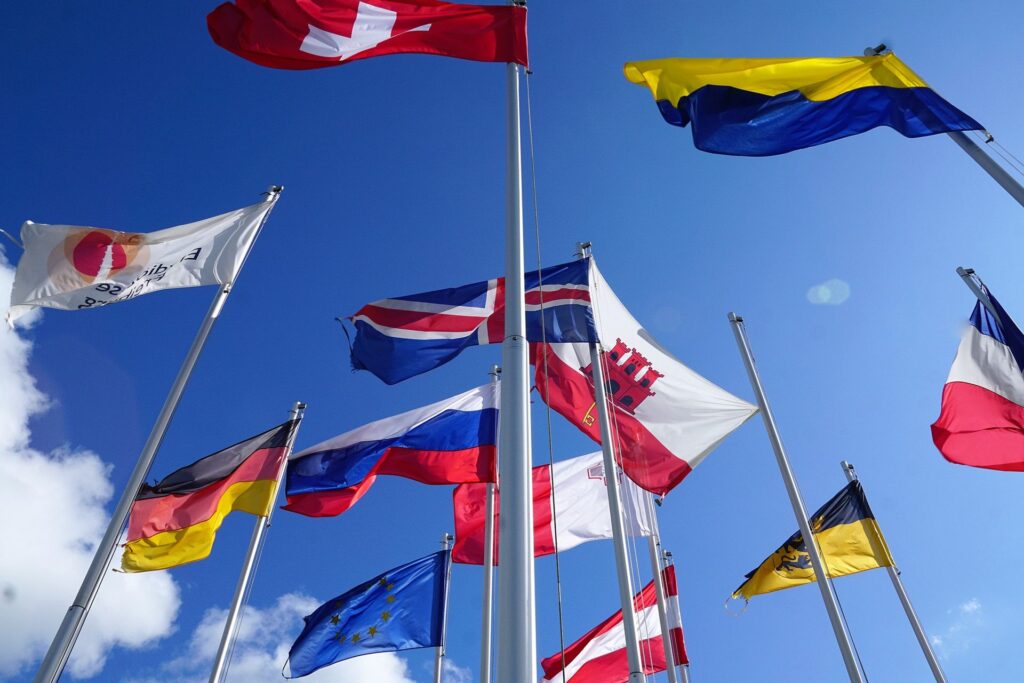Swiss SMEs have saved more than 2 billion on duties
Thanks to Free Trade Agreements, 140,000 Swiss companies made use of special reduced rates, 55,000 of them for all transactions
Thanks to Free Trade Agreements (FTAs), Swiss companies saved a total of more than CHF 2 billion on import duties in 2019.
The largest savings (CHF 1134 million) were made by small and medium-sized enterprises (SMEs). This is the result of analyses conducted by the State Secretariat for Economic Affairs (SECO) in collaboration with the University of St. Gallen.
More than 140,000 companies benefited from reduced duty rates under an FTA. Around 55,000 companies were able to take advantage of the benefits of Free Trade Agreements for all their transactions.

Data compiled by SECO and the University of St. Gallen
SECO and the University of St. Gallen have examined how companies make use of the tariff preferences provided by the FTAs when importing goods into Switzerland and have highlighted the factors of relevance in this context.
This is an extension of an earlier study on the degree of use of FTAs published on 11 August 2020: the analysis of new transaction data shows that small companies make greater use of FTAs than large companies.
The latter (i.e. companies with more than 250 employees) managed to save around CHF 728 million in 2019, while SMEs achieved CHF 1134 million.
The share of savings was about 84 percent.
The remaining duty savings (221 million) benefited companies whose size is not known. If all companies are taken into account, the savings quota (i.e. the share of potential savings actually realized) was 84 percent.
Messaggio concernente la modifica della legge federale sulla innovazione
Decreto federale sul finanziamento delle attività di Innosuisse
Legge federale sulla promozione della ricerca e dell’innovazione
The analysis also shows that companies use FTAs mainly if they can achieve substantial customs savings: in other words, they use FTAs when the preferential margin (the difference between the normal and preferential duty rate) is high.
However, the degree of utilization of FTAs exceeds 71%, even if the preferential margin is only two percentage points; if the preferential margin reaches 10 percentage points, the degree of utilization of FTAs even exceeds 85%.

The fact that 100 percent is not reached is presumably due to the additional costs involved in using FTAs.
Switzerland-Liechtenstein pact on scientific innovation
Bern, Zurich and Aargau focus on fiscal innovation
How the Swiss export industry focuses on innovation
The analysis also provides some useful insights into these costs: for example, companies that have already used an FTA for the first time tend to follow this procedure more frequently than other companies.
Preferred regime if you know it well
This could mean that the use of an FTA, in addition to variable costs, is associated with upfront costs arising, for example, from the need to become familiar with the rules of origin: once these costs are incurred, the preferred regime is usually chosen.
In light of the new data, SECO will contact representatives of the affected sectors to try to identify and if possible remove barriers to the use of FTA preferential rates.
Data for the years 2016-2019 now available
SECO has also updated its FTA documentation (FHA-Monitor, available in German, French and English), which now includes data for the years 2016-2019.
It contains the most important information for each FTA in Switzerland in terms of imports and exports as well as the corresponding indicators.







